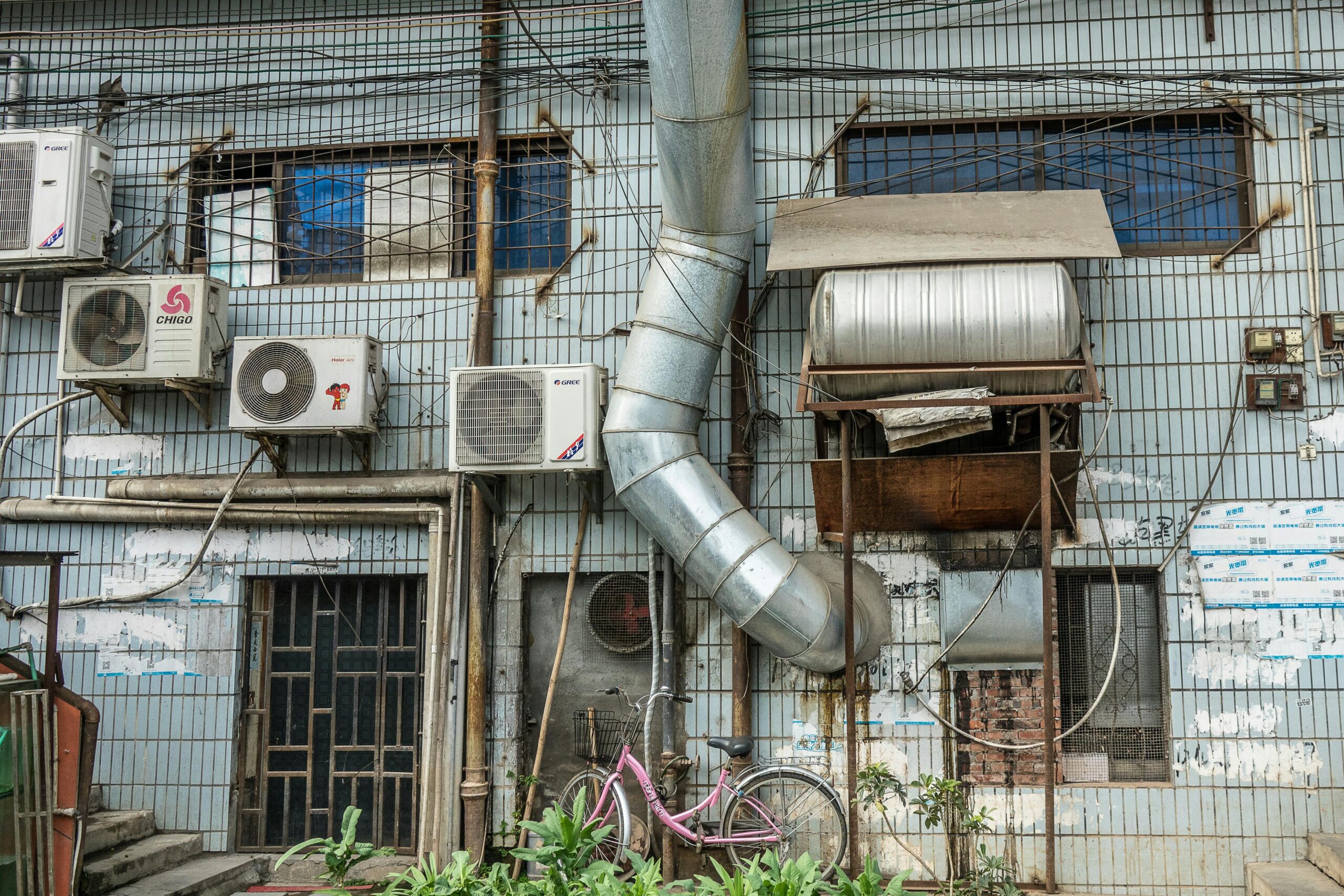Serving The Wasatch Front Area

How to Stay Cool During the Summer Heat
April 21, 2025
By Brandon Schramm, Service Manager at Comfort Solutions
Summer should be a time for fun. It’s a time for backyard barbeques, beach days, and relaxing in the sun. You shouldn’t have to sweat through high power bills. Staying cool doesn’t mean cranking the AC all day long. A few smart changes will help you beat the heat and keep your energy costs in check. Below, we’ll look at some simple, budget-friendly ways to stay comfortable when the temperatures rise.
Optimize Your Home for Natural Cooling
One of the easiest ways to stay cool without driving up your energy bill is taking advantage of natural cooling. Small changes to your window usage and coverings go a long way in keeping your home cool.
Use Blinds, Curtains, and Shades
Keep the sun out, and your house will stay cooler. Solar screens can block up to 90% of incoming heat, keeping your home comfortable all day. Use light-colored blinds or curtains. They reflect more heat than dark ones. Close blinds and curtains during the hottest parts of the day, especially on windows that get direct sunlight.

Strategic Window Ventilation
Cool down your home by opening windows early in the morning or late at night when it’s cooler outside. For even better results, try cross-ventilation. Open windows on opposite sides of the house to let air flow through. During the heat of the day, keep windows closed to prevent warm air from getting inside.
Seal Any Gaps in Your Windows
Tiny gaps around your windows let cool air escape. Check for cracks around window frames, vents, and chimneys. Seal them with caulk or weatherstripping. You’ll keep the cool air in and the hot air out. If your home still feels warm, consider adding insulation to strengthen its thermal barrier.
Use Fans to Stay Cool
Fans can be your best friend in the summer. They use far less energy than air conditioners and still help you feel cooler. When used correctly, they make a difference in keeping your home comfortable.
Ceiling Fans for Air Circulation
Ceiling fans are great at moving air around, keeping your home cooler without using much electricity. They also ensure your AC works more efficiently by spreading cool air through the room. Just remember – ceiling fans cool people, not rooms. Turn them off when you leave to save even more energy.
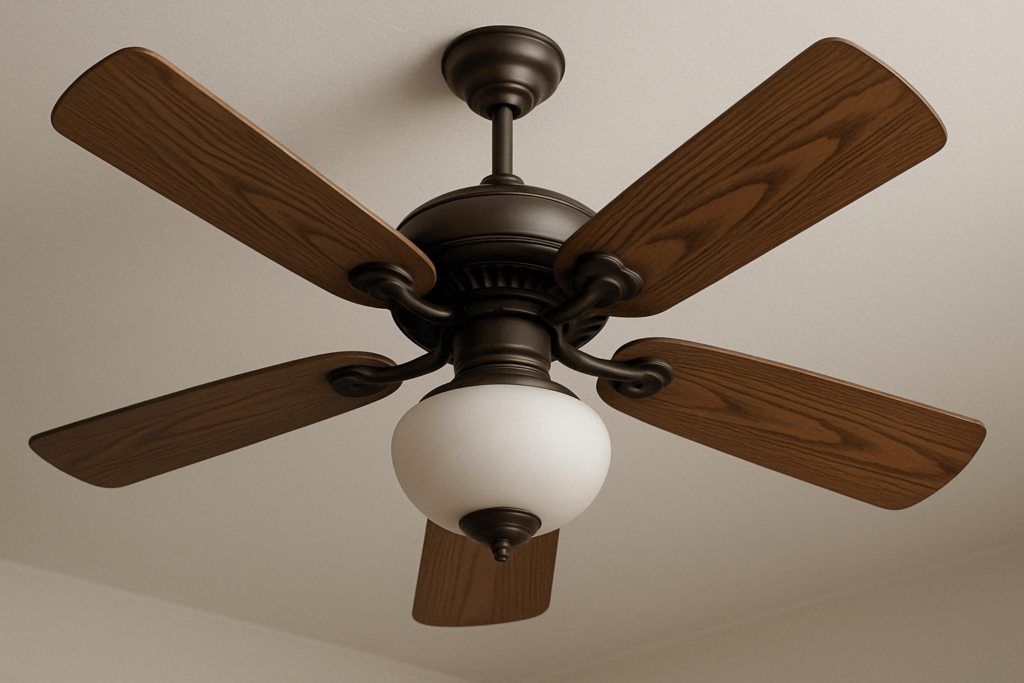
Box Fans and Tower Fans
Box fans can be placed in windows to pull in cool air or push out hot air, depending on where you set them up. Tower fans are great space-saving options and can cool specific spots in your home. Use them along with open windows or your AC to move the air and keep the room feeling nice.
DIY Ice Fan Hack
Here’s a quick and easy trick: Place a bowl of ice in front of a fan. The fan will blow the cold air from the ice around the room, giving you a refreshing breeze. This trick is perfect for bedrooms, home offices, or any spot that needs a little extra cooling.
Reduce Indoor Heat Buildup
Sometimes, the heat is coming from inside your home. Cutting down on the sources of indoor heat will keep your space cooler and let your AC work less.
Limit Heat-Producing Appliances
Electronics like computers, TVs, and kitchen gadgets quickly warm up your home. Try to use them less during the hottest part of the day. Cooking with the oven? Save it for early morning or evening. You can also switch to a microwave, air fryer, or slow cooker instead. Every little change keeps your home cooler.
Switch to LED Light Bulbs and Turn Off Lights
Old-school light bulbs give off a lot of heat. Swap them for LED bulbs. They use less power and stay cooler. Also, turn off lights during the day when you don’t need them. Natural sunlight works great and doesn’t heat up your space like artificial lights do.
Consider Using a Dehumidifier
When it’s humid, the air feels hotter than it really is. A dehumidifier pulls extra moisture from the air, making your home feel cooler and more comfortable. Plus, it prevents mold and mildew. Look for an energy-efficient model and use it in rooms that tend to stay stuffy or damp.
More Tips to Stay Cool Without Overworking Your AC
Your air conditioner works hard in the summer, but it doesn’t have to work overtime. Here are some more adjustments you can make to keep your home cool, use your AC more efficiently, and save on your energy bill.
Use a Programmable or Smart Thermostat
Installing a smart or programmable thermostat is one of the easiest ways to save money during the summer. These thermostats let you set a schedule that adjusts the temperature automatically during the day. Set it to 78°F when you’re home, and bump it up a few degrees when you’re away. Some models can even be controlled from your phone, giving you flexibility and savings wherever you are.
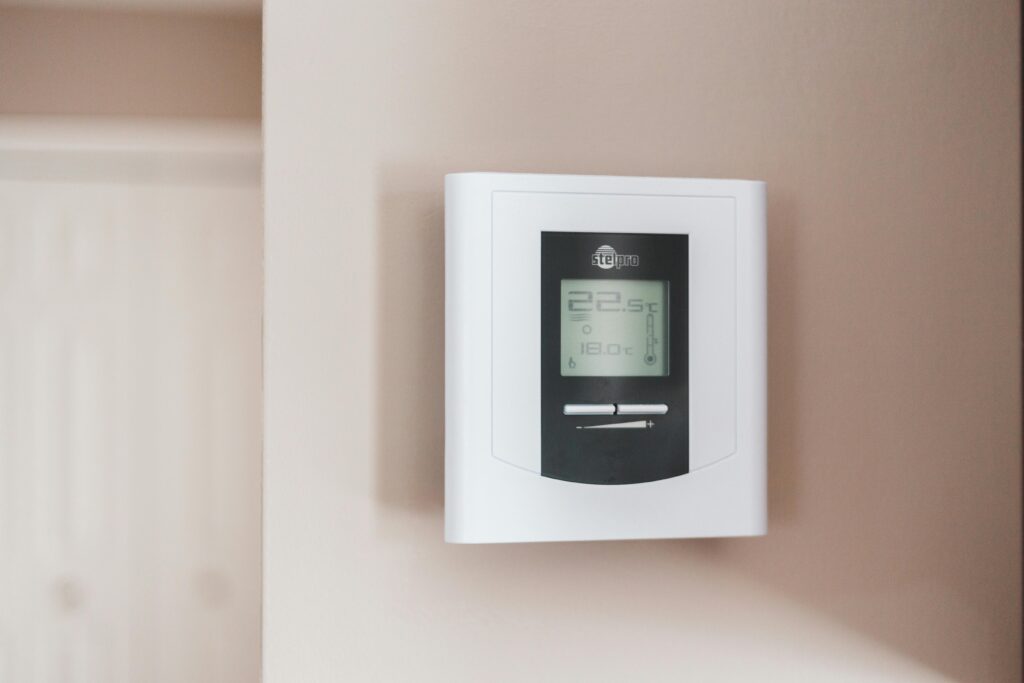
Maintain Your AC for Peak Efficiency
Just like your car, your AC needs regular maintenance. A clean, well-tuned AC system cools your home faster and uses less energy. Change the air filters regularly, keep the outdoor unit clear of debris, and schedule seasonal tune-ups. Preventative maintenance saves you money. It also helps your system last longer and keeps you cool all summer.
Alternative Ways to Keep Your Body Cool
Cooling your home is important, but so is cooling yourself. Plenty of ways to stay comfortable don’t involve turning down the thermostat. These simple tips can help you beat the heat from the inside out.
Wear Lightweight, Breathable Clothing
Stick to cotton or moisture-wicking fabrics. They breathe better and feel cooler. Lighter colors also help by reflecting sunlight instead of soaking it up. Layering gives you flexibility if temperatures change during the day.
Stay Hydrated and Use Cold Compresses
Drink water often, even if you don’t feel thirsty. It helps your body regulate its temperature. Use a damp, cold washcloth or a gel pack on your wrists or neck for a quick cool-down. It’s a fast and easy way to feel refreshed.
Take Advantage of Cooler Areas
Head to the basement, shaded patio, or any naturally cooler room in your home. Close doors to unused rooms so your fans or AC can focus on where you actually are. You can also create a cooling “zone” with a fan and insulated curtains.
Adjust Outdoor Activity Timing
If you need to be outside, try to do it early in the morning or after the sun goes down. Avoid heavy activity during the middle of the day when it’s hottest. And always take breaks and find shade when you can.
Professional AC Maintenance Services for a High-Functioning System
Even with all the right habits at home, your air conditioner still needs expert care to run its best. Regular service prevents costly breakdowns and keeps your system running efficiently. Here’s how to know when it’s time to call in the pros.
The Importance of Regular AC Tune-Ups
- Keeps your system running smoothly and efficiently
- Helps avoid unexpected breakdowns
- Extends the life of your AC
- Saves money on long-term air conditioner costs
Signs Your AC Needs Professional Attention
- Energy bills keep going up
- Rooms aren’t cooling evenly
- Strange smells or noises from the unit
- AC turns on and off frequently without cooling properly
Emergency AC Repair Service
When your AC breaks down in the middle of a heatwave, you need help fast. Comfort Solutions offers 24/7 emergency AC repair services, so you’re never stuck in the heat for long. Our team is reliable, quick to respond, and trained to fix the problem right the first time. Trust us to keep your family comfortable day or night.
Call Comfort Solutions today for expert AC service, and stay cool all summer long.
Recent News
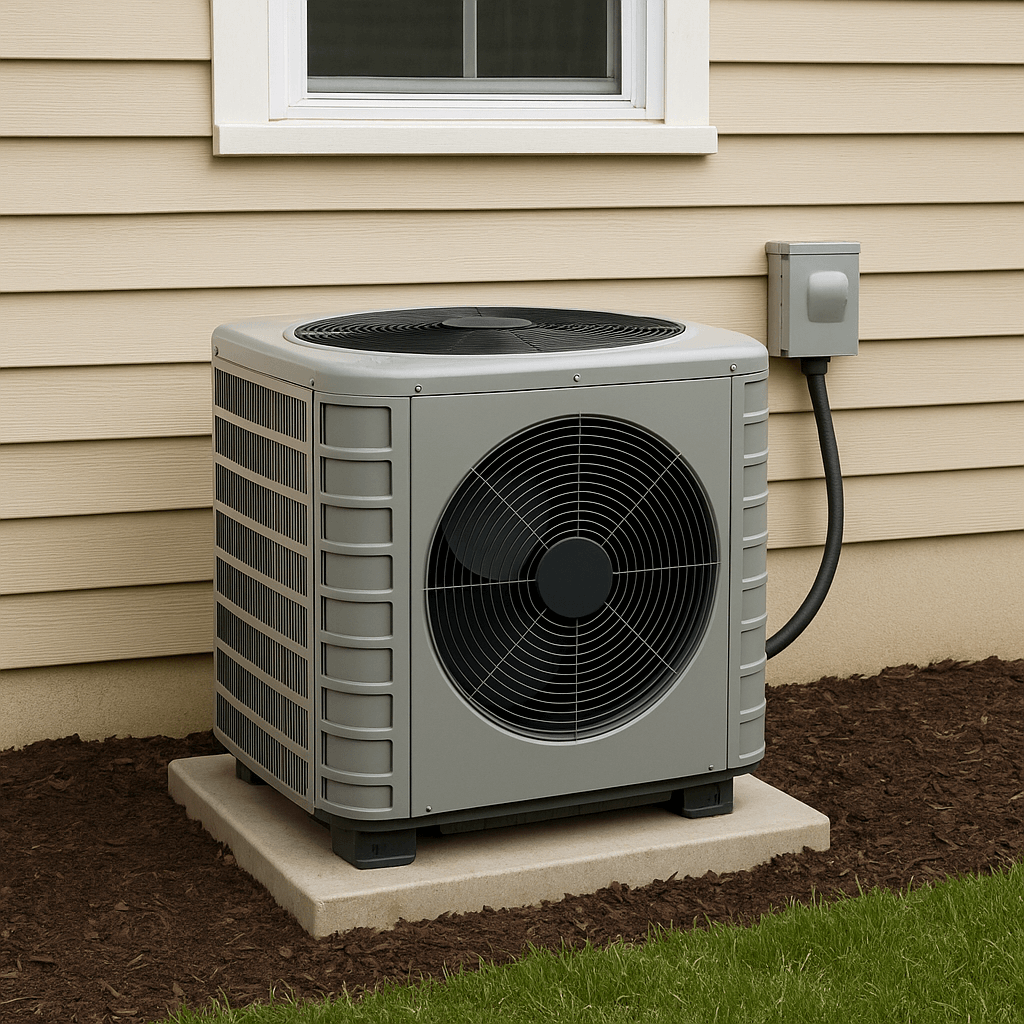
Common Air Conditioner Mistakes That Can Cause You Problems
May 29, 2025
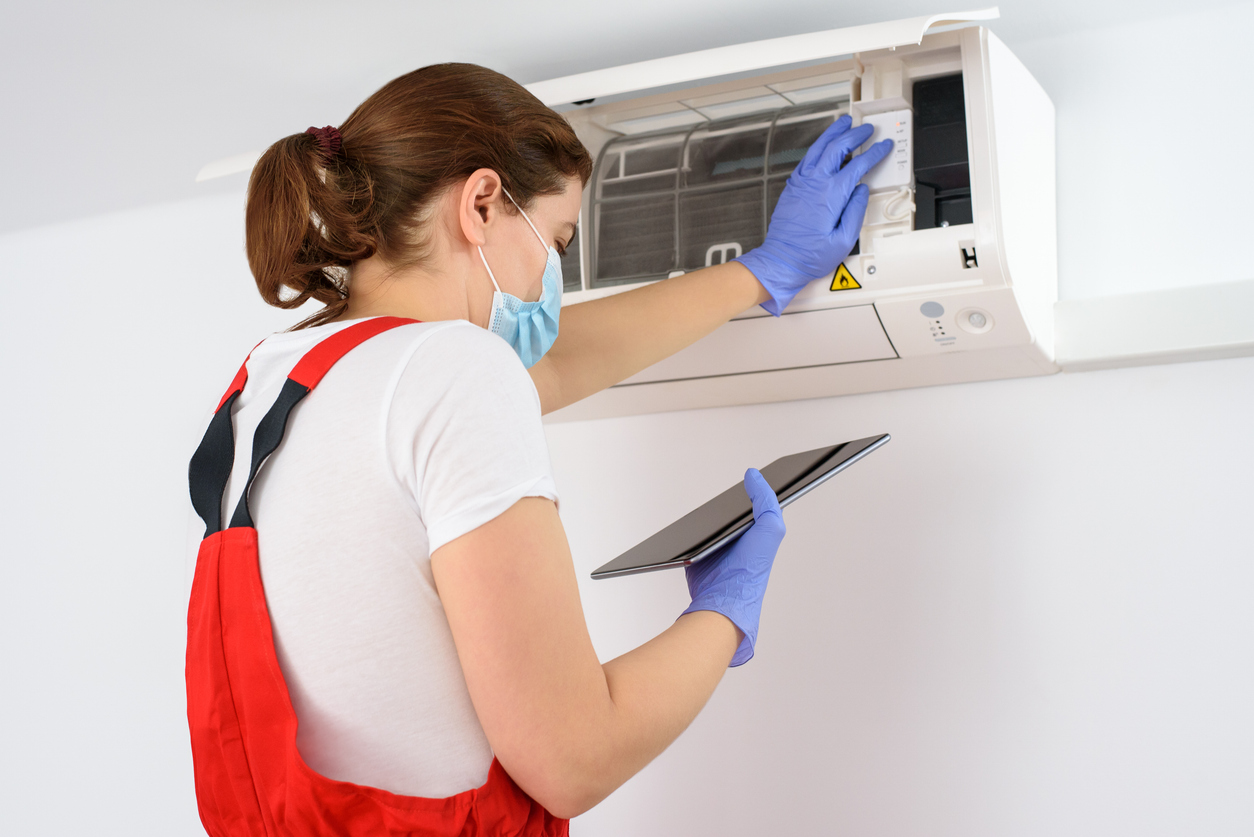
When to Upgrade Your AC Systems: Benefits & More
February 25, 2025
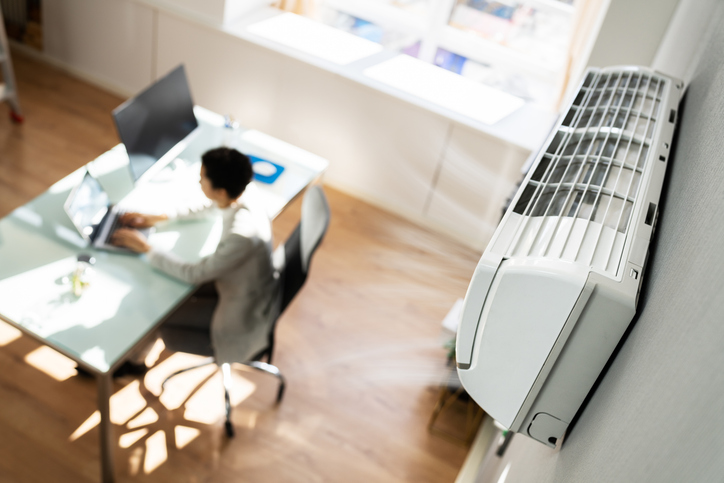
Why Remote Workers Should Upgrade Their HVAC
February 10, 2025
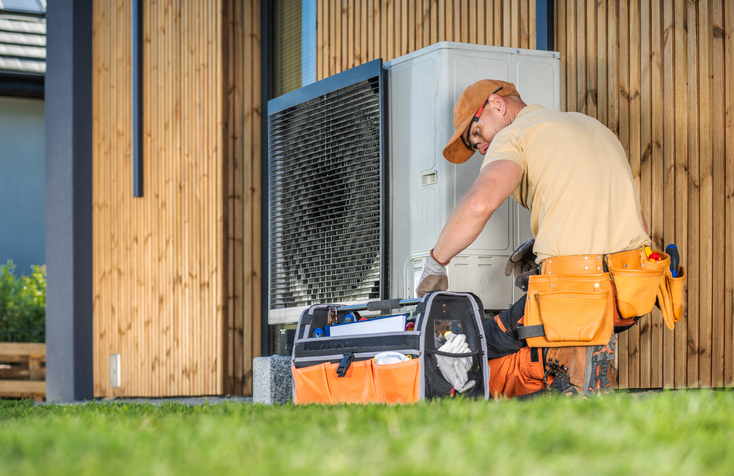
Common Home Heating, Furnace Repair & Replacement Myths
February 7, 2025
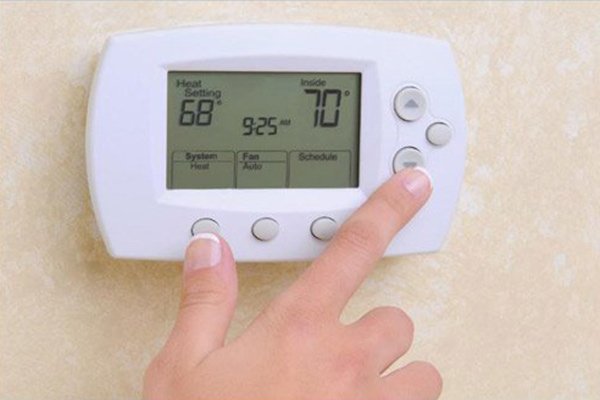
Keep Your Fireplace and HVAC Systems Running Strong All Winter
December 6, 2024
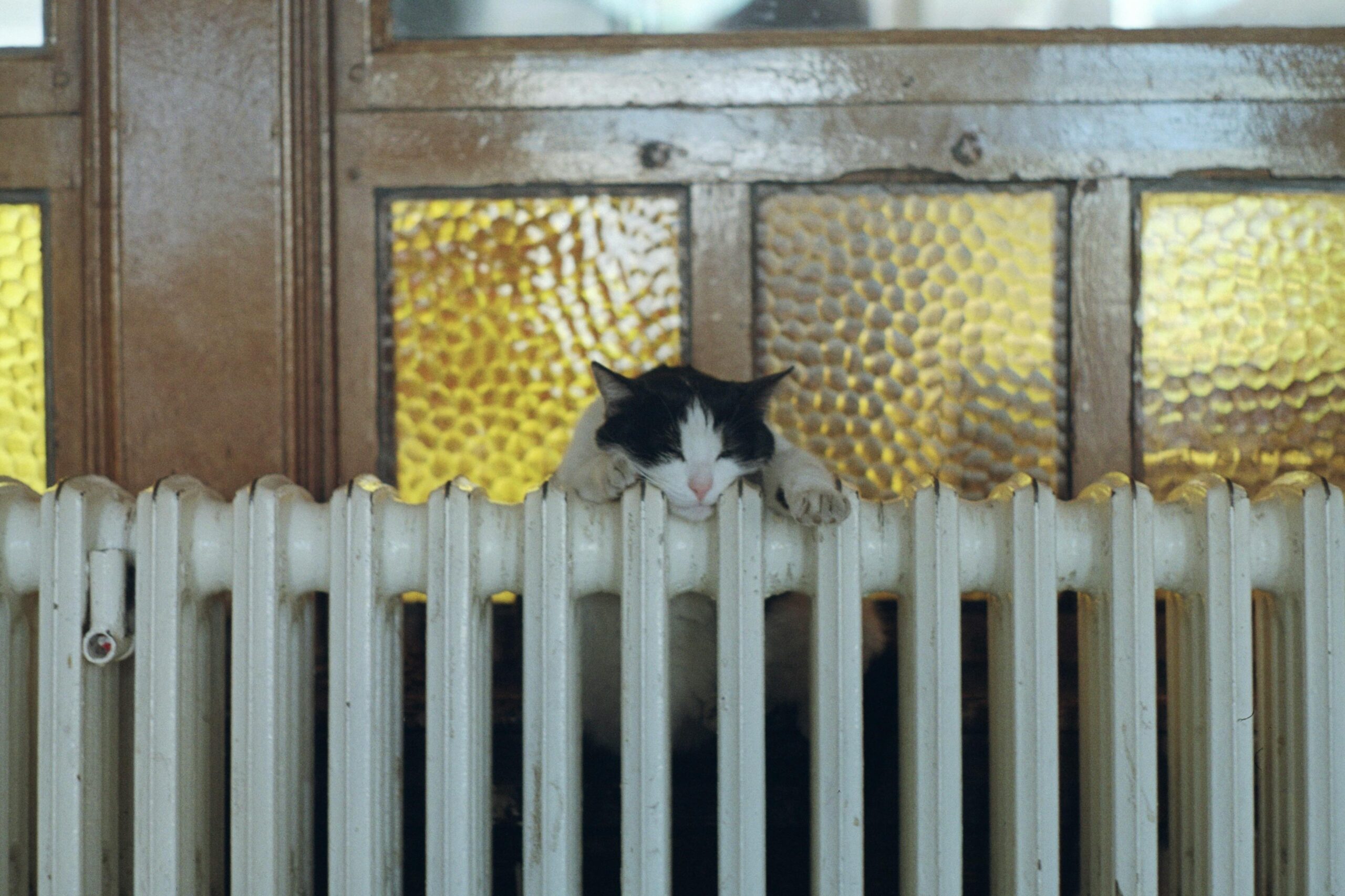
Your Comprehensive Heating Guide: Installation, Repair, Efficiency & More
September 18, 2024
